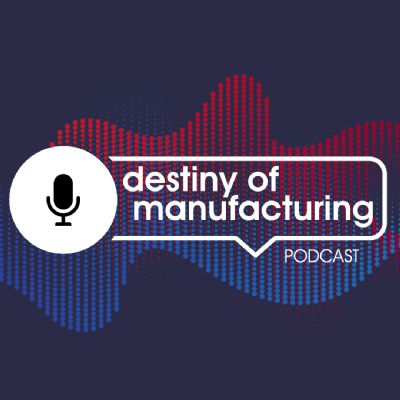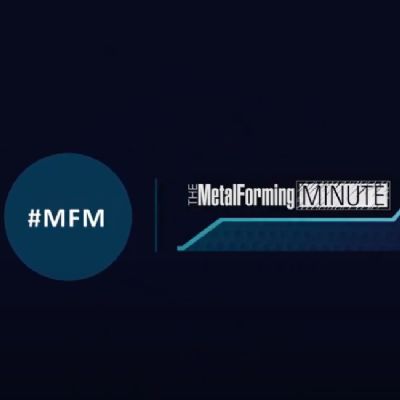The Leaning of Lean
February 17, 2020Comments
The next-generation manufacturing workforce that we all work so hard to attract and develop expects its employers—including metal forming and fabricating companies, and their leaders—to exhibit a strong sense of purpose. They want to know how their role connects to the company’s broader goals and objectives. This is not news, as much has been written on this subject, here and elsewhere. Many of you already have taken steps in this direction.
This “new” workforce also believes strongly in identifying and calling out waste in the production process. Engaged workers don’t let wasteful processes slide. And certainly, we want our engaged employees, at every level of the company from the shop floor to the top floor, to identify waste when they see it and then help strategize to reduce or eliminate it. That’s at the core of lean manufacturing.
There is no question that Industry 4.0 and Internet of Things (IoT) technology, undoubtedly the next key drivers of manufacturing success, can help streamline the lean process—the leaning of lean, if you will. The goals of lean—reduce waste and add value to manufacturing processes—become easier to accomplish when using Industry 4.0 tools such as ERP software, sensors and industrial automation. These tools allow for constant, real-time monitoring, faster decision-making, improved efficiency and less waste.
However, before taking the Industry 4.0 leap, companies would be wise to reevaluate their commitment to lean thinking (assuming that such a commitment already exists), and all that it represents. For lean and Industry 4.0 are intimately linked.
I was reminded of this when interviewing the management team at metal fabricator/medical-product supplier MPE Inc. We’ll highlight MPE’s evolution, in particular its journey to full vertical integration and the move from batch-and-queue to cellular manufacturing, in the March issue of MetalForming. For the purposes of this discussion, consider that MPE’s journey into Industry 4.0 comes only after a considerable investment in value-stream mapping its entire operation—the office and the shop floor—eliminating departmental silos and streamlining workflow to efficiently deliver information to the shop floor.








 Podcast
Podcast
 Video
Video